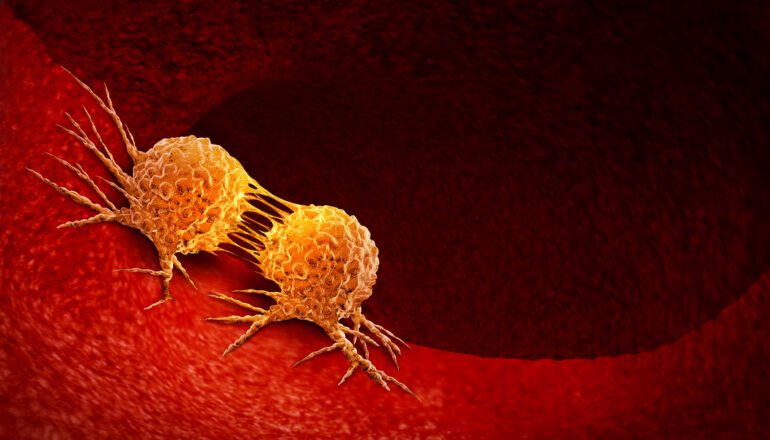TL;DR:
- Researchers at the University of Surrey have developed a sketch-based object detection tool.
- The tool allows users to guide AI algorithms through sketches to locate specific objects in images.
- It can identify objects based on unique artistic expression and specific user requirements.
- The tool’s application in medical scenarios, such as tumor detection, shows promising results.
- Professor Yi-Zhe Song emphasizes the tool’s ability to leverage human creativity in computer vision.
- The tool has significant potential for various industries beyond medicine, including design and surveillance.
Main AI News:
In the ever-evolving realm of artificial intelligence (AI), a groundbreaking tool has emerged that holds immense promise for revolutionizing tumor detection. Aptly combining the power of artistic expression with advanced AI systems, this novel sketch-based tool transcends the limitations of words and ushers in a new era where a picture truly becomes worth a thousand words. Developed by pioneering researchers at the esteemed University of Surrey in the United Kingdom, this tool empowers artists to guide AI algorithms through sketches, allowing them to pinpoint the exact location of a specific object while disregarding any irrelevant elements. Its potential impact in medical scenarios, especially in identifying aggressive tumors, is particularly noteworthy.
The University of Surrey’s research team has devised an innovative sketch-based object detection tool that has captured the imagination of experts worldwide. This tool grants users the ability to sketch an object, which is then used by the AI system as a reference to scour an image, meticulously searching for a matching object while systematically ignoring more generalized options. To illustrate the tool’s effectiveness, the researchers present the example of a specific zebra being sought within an image teeming with zebras. By relying solely on a sketch of one zebra engrossed in eating, the AI tool adeptly analyzes visual cues such as posture and structure, deriving its decisions primarily from the exact specifications provided in the user’s sketch. This remarkable capability to train machine learning tools in identifying specific objects within an image while filtering out extraneous elements marks a significant breakthrough that could usher in a new era of cancer detection.
Professor Yi-Zhe Song, the driving force behind this cutting-edge research at the University of Surrey’s Institute for People-Centred AI, highlights the profound implications of AI’s ability to detect objects based on amateur sketches. “This marks a significant leap in leveraging human creativity in the field of Computer Vision,” notes Professor Song. By allowing humans to interact with AI from an entirely different perspective, this tool transcends the traditional notion of AI dictating decisions and instead encourages AI to faithfully execute instructions, all while maintaining the necessary intervention of human expertise.
The implications of this sketch-based object detection tool extend far beyond the boundaries of the medical domain. While the potential impact on cancer detection is undoubtedly profound, the tool’s versatility promises transformative applications in diverse fields, ranging from design and architecture to surveillance and security. Its ability to bridge the gap between human creativity and AI-powered algorithms opens up a world of possibilities, redefining the way we interact with intelligent systems.
Conclusion:
The development of the AI-powered sketch-based object detection tool by the University of Surrey presents a revolutionary breakthrough in cancer detection and beyond. By enabling users to guide AI algorithms through sketches, the tool combines human creativity with advanced computer vision capabilities. This innovation has the potential to transform the market by significantly improving the accuracy and efficiency of object detection in various fields.
From medical applications like tumor identification to broader domains like design and surveillance, this tool opens up new possibilities for collaboration between humans and AI, marking a pivotal shift in how we interact with intelligent systems. Businesses should closely monitor these advancements and consider incorporating such technologies into their operations to stay at the forefront of innovation and gain a competitive edge in an increasingly AI-driven market.

